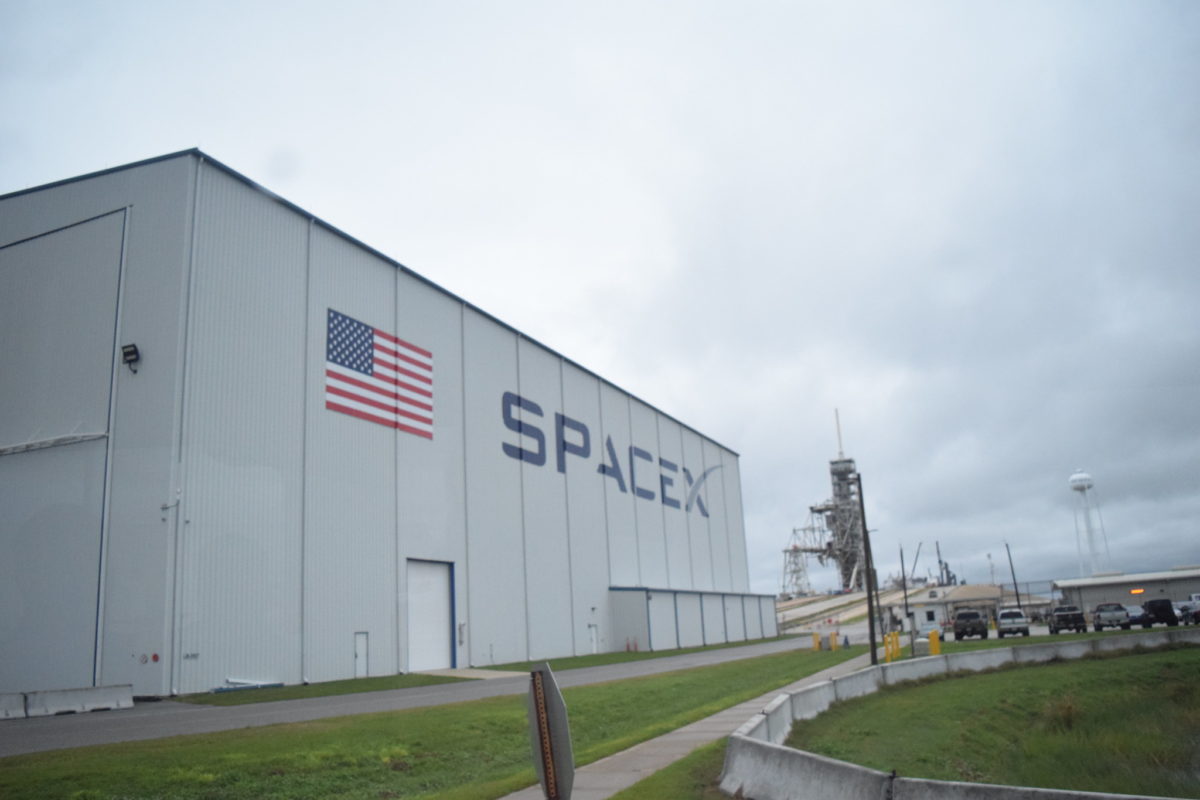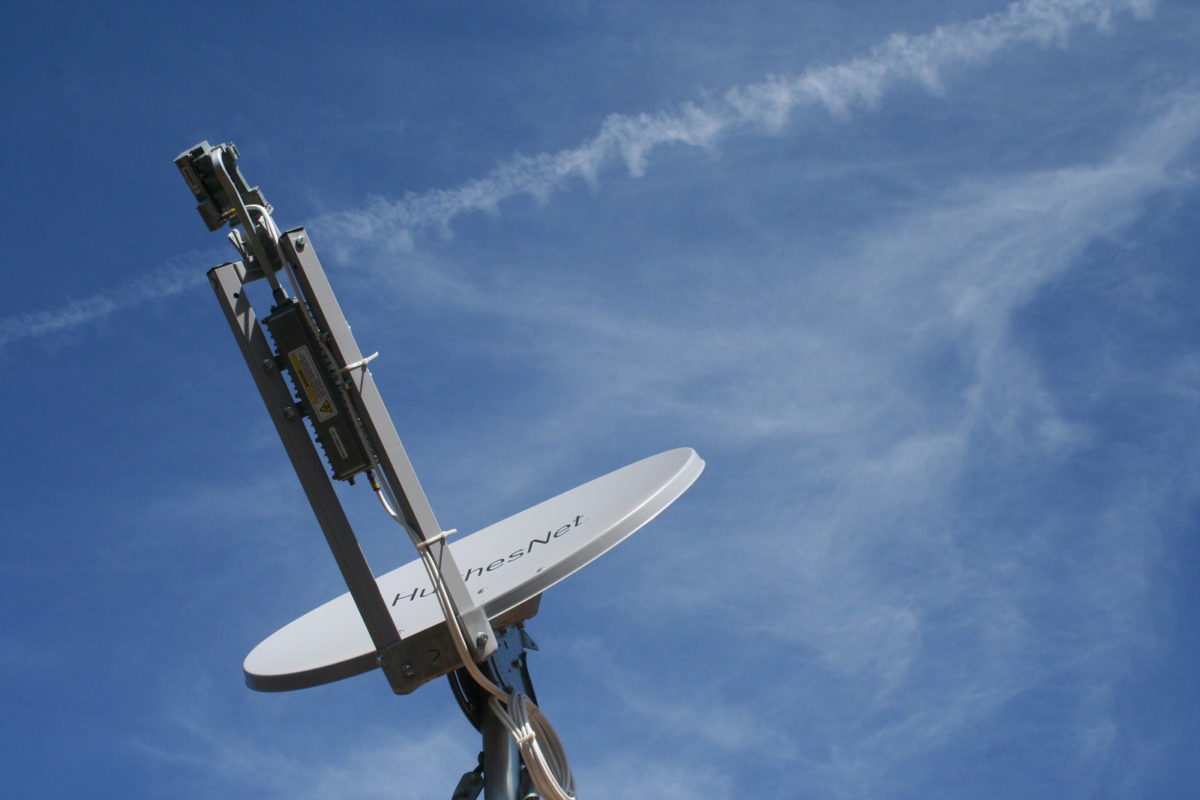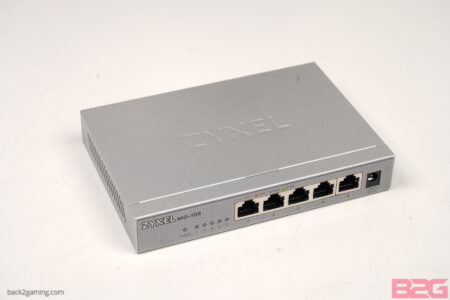For most of us in or around urban areas, getting a hold of a fast enough connection to play online games with is simple. Cabled internet has come a long way in the last two decades, and now even fiber plans are widespread and increasingly inexpensive. The same often cannot be said for our more rural friends, who have long suffered poor speeds and a lack of viability in engaging the competitive gaming sphere. Starlink could change this reality for many players, opening up new opportunities on both national and international scales.
What Can Starlink Do?
As a technology, Starlink operates on a similar basis to the satellite internet mankind has had access to for decades. As noted by forbes.com, their success has been found in improving the technology to a new level. This is accomplished by relying on an enormous net of much closer orbiting satellites, rather than one singular distant geostationary satellite. In taking this approach, the signal delay is significantly reduced, which addresses the concern of latency, or the time it takes a signal to perform a round trip.

By the Latency
In video games, being able to play on a competitive level has always depended on latency. Less than 100 milliseconds are ideal here, but it’s also possible to play with a lag between 100-200 ms. Traditional satellite internet, as stated by satelliteinternet.com, offers a latency of around 600 milliseconds. While entirely feasible for turn-based titles, such delay in real-time games is a non-starter.
According to early reports, the median latency of the Starlink network lies around 45 milliseconds. This is might not be able to directly compare to fixed broadband’s 14 milliseconds, but in comparison to the alternatives of older satellite connections, or no connections at all, Starlink represents a prodigious step up.
Real Usage
For more casual use, the reduction of latency from Starlink over older systems will at the very least reduce waiting and frustration. Gamers, however, take connection speed a lot more seriously. As demonstrated on eSports sites like win.gg, issues like tick rates and matchmaking concerns are intrinsically tied to internet speed and how that affects gameplay.
At the very least, Starlink could open up play to tens of thousands of players within the US, and the effect could be even more pronounced internationally. In Africa, for example, countries like Niger, Somalia, and Liberia all suffer from a sub 20% web penetration rate, a good deal of which is thanks to a lack of cabled infrastructure. Starlink could bypass this obstacle, meaning those with the means could suddenly see a new world opened to them.

As great as this development will be to many players, it’s also worth noting that Starlink is not without its issues. Since it needs to track many moving satellites, the dish requires a clear line of sight to the sky from all angles. If customers live in a gulley or surrounded by trees, the presents an obvious issue. There’s also a chance that the heavily subsidized company won’t meet its performance goals, in which case it could lose funding and become inoperative.
Ultimately, the question of whether Starlink is right for you is one only you can answer. If it lives up to its potential, it could be a real game-changer. Just remember that, as with any promise made by pioneer Elon Musk, it might be best to first see if his reach exceeds his grasp.





